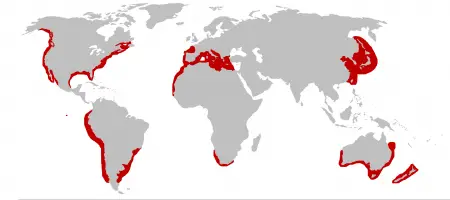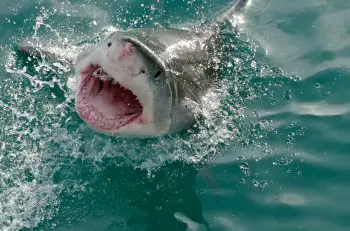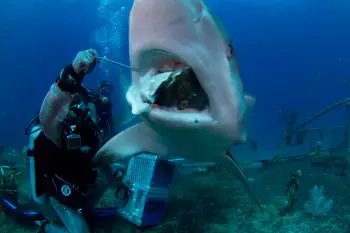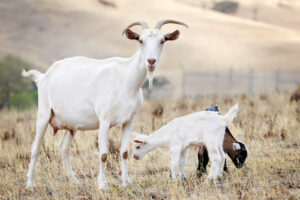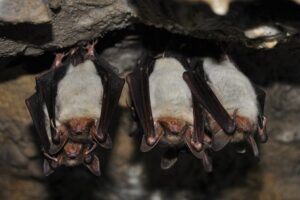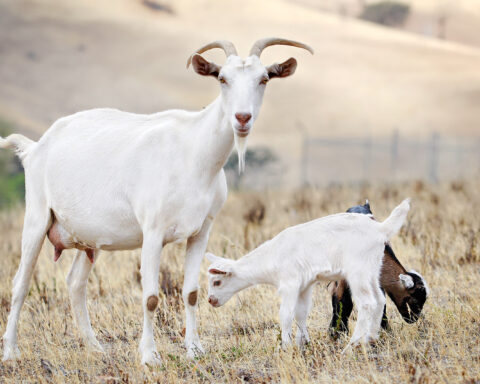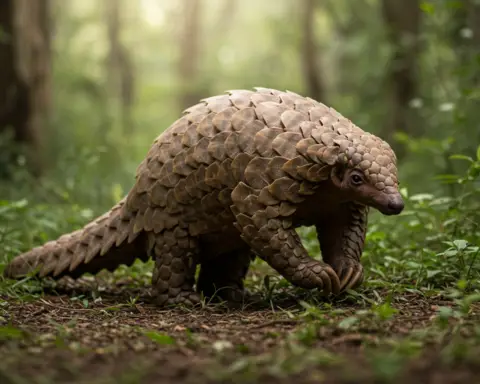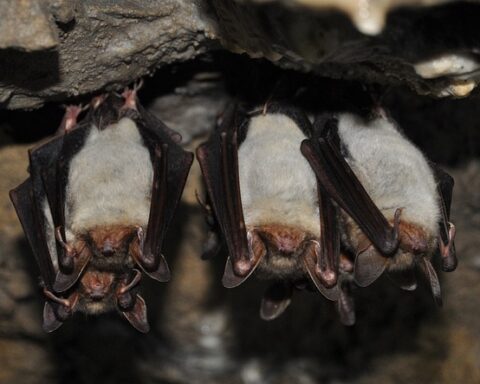Whether sharks go to sleep or not scientists have yet to figure it out. As long as they keep on swimming for seemingly indefinite period of time, it’s hard to keep track of them. As a result, it was long believed that sharks go on swimming without a break. This may be true for some species but not all of them exhibit such behavior. Though sharks like Great White shark do not doze off like us but have restful periods. Like other fish, they have to keep swimming in order to extract oxygen from water for respiration.
As oxygen passes through their gills, they tend to breathe and this way keeps themselves alive and healthy. In order to get more and more oxygen, few sharks tend to pick up the pace in swimming. This is important particularly because when sharks lose energy to pump oxygenated water through the gills, they seek to accelerate which in turn helps them pumping more oxygen. Such species are called obligate ram ventilators.
When scientists did research to the spiny dogfish, they came to know that its spinal cord was actually involved in coordinating the movements underwater instead of brain. This means sharks can actually take a break and allow their brain to relax while swimming at the same time.
The gill slits of sharks are located behind the head and are open. Sharks that lie on the sea floor have an actually modified version of gill slits. This gill slit is known as spiracle. It is located behind the eye and it helps them pump oxygen continuously from water. The spiracles are only present in bottom-dwelling sharks like nurse sharks and whitetip reef sharks. It is observed that bottom-dwelling sharks often relax in the caves underwater. This is because the oxygen content in these places is high.
Sharks like horn sharks have an internal timer called circadian rhythm that tells them the precise time to take a break.

